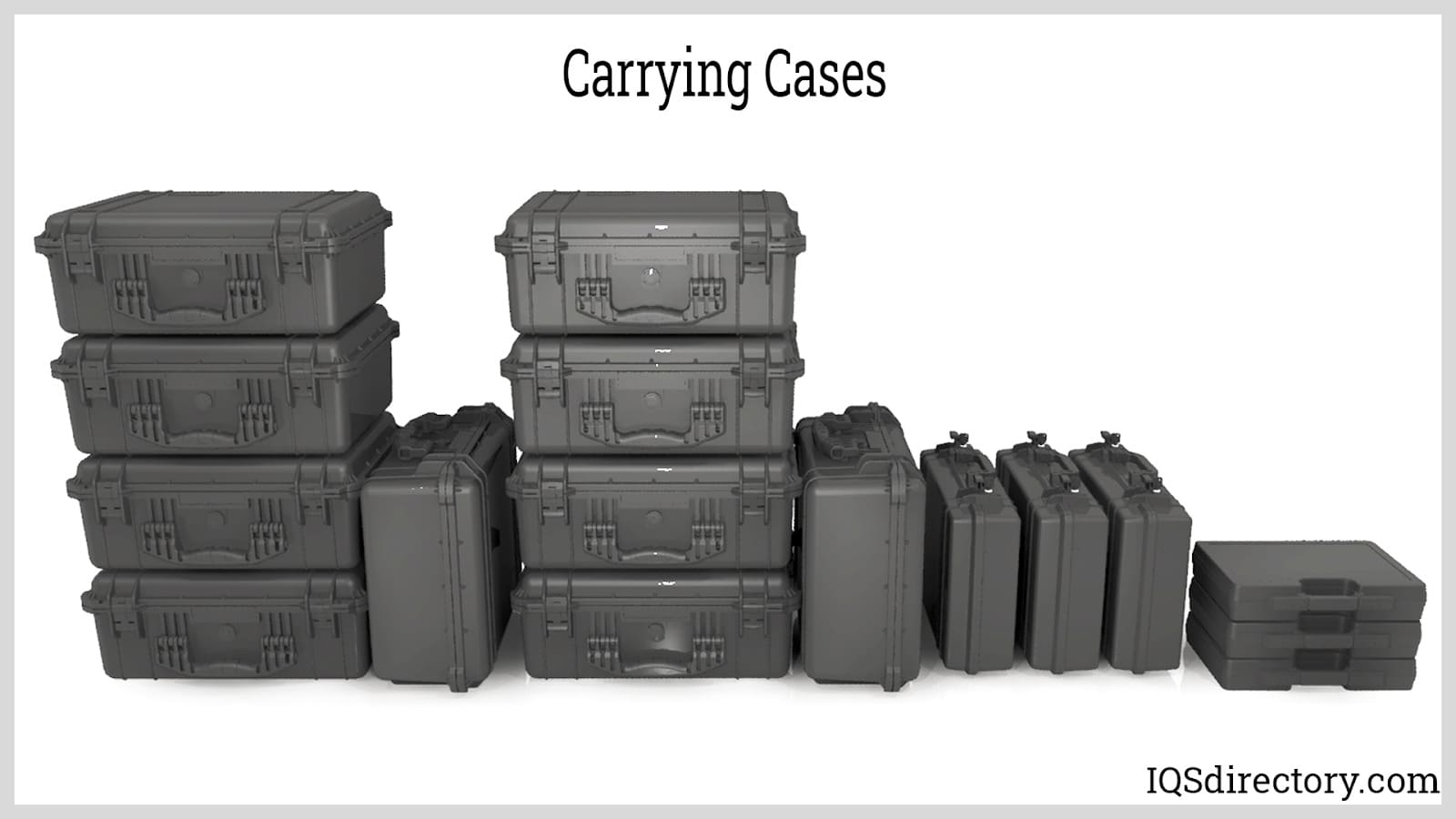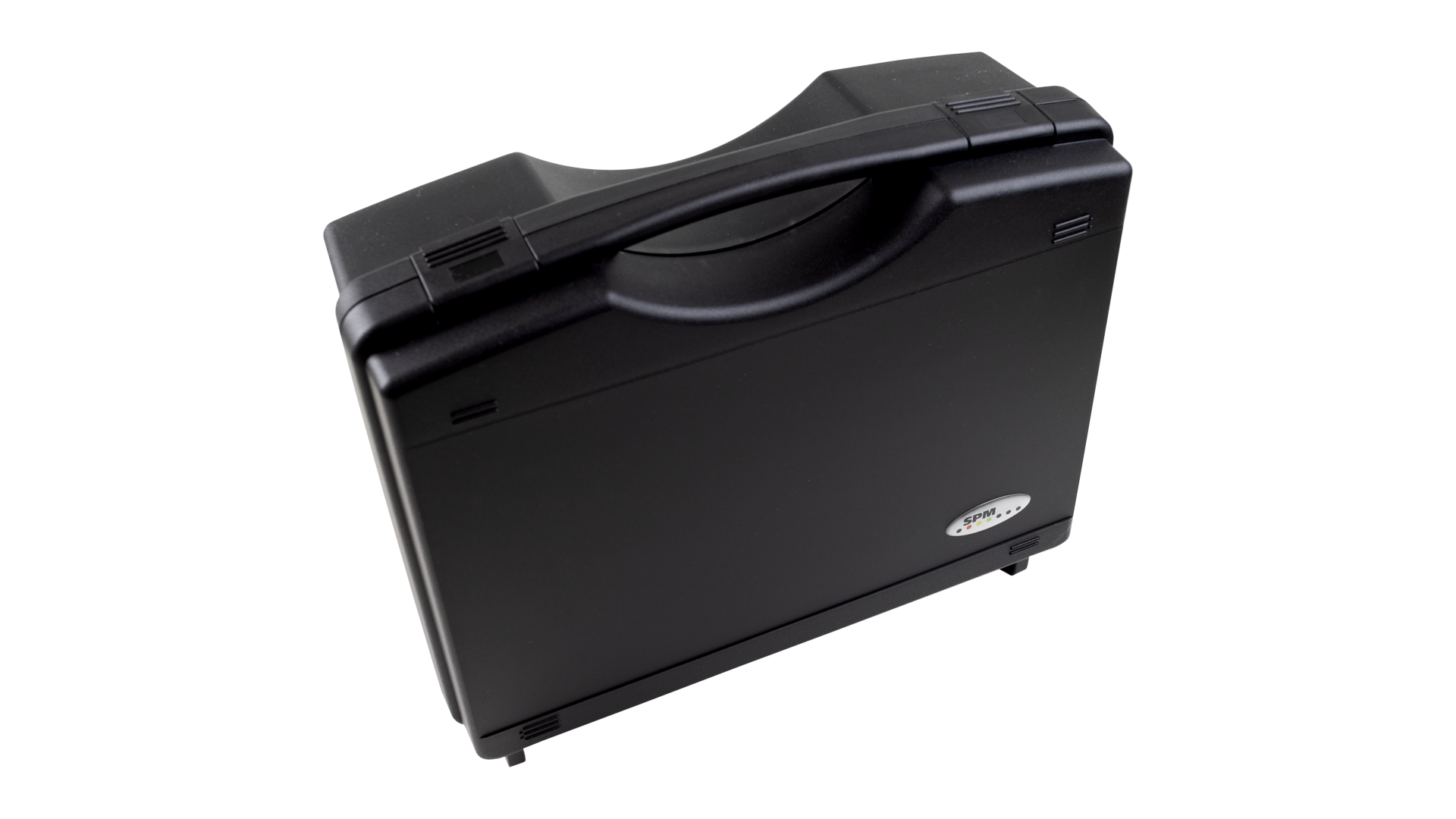Types of Cabinet Door Sample Carrying Cases

Alright, buckle up, buttercup! We’re diving headfirst into the wild world of cabinet door sample carrying cases. Think of it as a high-stakes game of Tetris, but instead of blocks, you’ve got gorgeous (and potentially fragile) cabinet door samples. The goal? Get them all to the client’s office in one piece, looking as fabulous as the day they were made.
Cabinet door sample carrying case – Choosing the right case is crucial. A poorly chosen case can lead to damaged samples, unhappy clients, and a whole lot of awkward explanations. We’ll explore three different case designs to cater to various sample sizes and needs, along with the materials that make them tick (or, you know, don’t tick).
Three Case Designs for Cabinet Door Samples
Let’s get down to brass tacks (or maybe wood, laminate, or melamine – we’ll get to that!). We’ve designed three cases to tackle the challenge of transporting cabinet door samples: one for the petite samples, one for the lumbering giants, and a versatile option for a mixed bag.
| Case Type | Materials | Dimensions (approx.) | Features |
|---|---|---|---|
| Small Sample Case | Lightweight, hard-shell plastic with foam inserts | 12″ x 12″ x 2″ | Compact, stackable, individual sample compartments for protection |
| Large Sample Case | Heavy-duty plywood with reinforced corners and a durable fabric exterior | 36″ x 24″ x 4″ | Hinges and latches for secure closure, adjustable interior dividers |
| Variety Sample Case | Aluminum frame with adjustable dividers and a protective padded interior | 24″ x 18″ x 6″ | Customizable compartments, lightweight yet sturdy, easy to carry handle |
Materials for Cabinet Door Sample Carrying Cases
Picking the right material is like choosing the right weapon for a battle – you want something that’s both effective and appropriate for the job. Here are five contenders, each with its own strengths and weaknesses.
Imagine a materials war council, where each material makes its case (pun intended!).
| Material | Advantages | Disadvantages |
|---|---|---|
| Hard-shell Plastic | Lightweight, waterproof, relatively inexpensive | Can crack under heavy impact, limited customization options |
| Plywood | Strong, durable, easily customizable | Heavy, susceptible to moisture damage, requires more maintenance |
| Aluminum | Lightweight, strong, resistant to corrosion | Expensive, can dent, requires careful handling to prevent scratching samples |
| Fabric (canvas or nylon) | Lightweight, flexible, inexpensive | Offers less protection than hard-shell options, susceptible to tears and water damage |
| Foam-lined Cardboard | Inexpensive, readily available, easily customizable with inserts | Not very durable, offers minimal protection against impacts, not waterproof |
Hard-Shell Case vs. Soft-Sided Bag: Portability and Protection
The age-old debate: hard shell or soft shell? It’s like choosing between a knight’s armor and a comfy hoodie – one offers serious protection, the other prioritizes ease of movement. Let’s weigh the pros and cons.
A hard-shell case provides superior protection against impacts and environmental factors. Think of it as a fortress for your precious samples. However, they’re generally heavier and less flexible than soft-sided bags. A soft-sided bag, on the other hand, is lighter and easier to carry, but it offers less protection against bumps and bruises. The best choice depends on the value of your samples, the distance they need to travel, and your personal preferences.
Features and Functionality of Carrying Cases: Cabinet Door Sample Carrying Case

So, you’ve got your gorgeous cabinet door samples, ready to wow potential clients. But how do you get them there without turning them into a splintery mess? Enter the superhero of sample transportation: the carrying case! A well-designed case isn’t just a box; it’s a mobile showroom, a protective fortress, and a testament to your professionalism. Let’s dive into the features that make a case truly exceptional.
A good carrying case needs to be more than just a container; it’s a protective cocoon for your precious samples. Think of it as a miniature, high-security vault for your woodworking masterpieces. The right features ensure your samples arrive at their destination looking as stunning as the day they left your workshop.
Essential Protective Features
Protecting your cabinet door samples from the perils of transit requires a multi-pronged approach. We’re talking scratches, dents, impacts, and even moisture damage – the enemies of beautiful wood. The case needs to be their shield, their bodyguard, their…well, you get the picture.
- Rigid Exterior: A sturdy, hard-shell exterior, perhaps made from impact-resistant plastic or reinforced fiberglass, provides a strong barrier against bumps and drops. Think of it as a knight’s armor for your samples.
- Protective Padding: Interior padding, like foam inserts or plush lining, cushions the samples against impacts and prevents scratches. Imagine your samples nestled in a cloud of fluffy goodness.
- Water-Resistant Seal: A water-resistant or even waterproof seal prevents moisture damage, keeping your samples safe from unexpected rain showers or spills. No more soggy samples, thank you very much!
- Secure Closure: Strong latches or buckles ensure the case stays securely closed during transport, preventing accidental openings and damage. Think of it as a vault door for your woodworking treasures.
Internal Organization and Sample Viewing, Cabinet door sample carrying case
Imagine trying to show off a disorganized pile of cabinet doors. Not exactly a winning strategy, right? A well-designed carrying case should make showcasing your samples as easy as possible. Think of it as a mobile showroom designed for maximum impact.
- Individual Sample Compartments: Separate compartments for each sample prevent them from scratching each other. Each sample gets its own private room, ensuring they arrive in pristine condition.
- Clear Protective Sleeves: Individual clear sleeves or pockets allow for easy viewing of the samples without handling them directly. This minimizes the risk of fingerprints or damage. It’s like giving each sample its own personal display case.
- Adjustable Dividers: Adjustable dividers allow for customization to accommodate various sample sizes and configurations. It’s like a bespoke interior for your samples, accommodating every shape and size.
- Integrated Sample Holders: Small, angled holders can keep samples upright and visible, facilitating easy browsing and selection. Imagine your samples standing at attention, ready for their close-up.
Ergonomic Design for Ease of Carrying and Handling
Carrying a heavy case filled with cabinet door samples shouldn’t feel like a workout. Ergonomic design is crucial for comfortable and efficient transport, especially for users who might be carrying the case for extended periods. This isn’t just about comfort; it’s about avoiding injuries and ensuring a positive experience.
- Lightweight Materials: Using lightweight yet durable materials minimizes the overall weight of the case. Think of it as feather-light protection for your heavy samples.
- Comfortable Handles: Ergonomically designed handles, perhaps padded or contoured, provide a comfortable grip, reducing strain on the hands and wrists. No more sore hands after a long day of showing off your samples.
- Optional Wheels or Shoulder Strap: Wheels or a detachable shoulder strap provide alternative carrying options, reducing strain on the back and arms, especially when carrying heavier loads. It’s like having a personal porter for your samples.
Marketing and Sales Considerations

Making your cabinet door samples look their absolute best is key to closing those lucrative deals. A high-quality carrying case isn’t just about protection; it’s about making a statement, showing potential clients that you’re serious about your craft and that your samples deserve the utmost respect (and so do you!).
Think of it this way: would you rather present your exquisite samples in a crumpled cardboard box or a sleek, professional case that screams “quality”? Exactly. A well-designed carrying case elevates your brand image, leaving a lasting impression on potential clients and helping you stand out from the competition. It’s an investment in your business’s success, and a smart one at that.
Marketing Copy for Cabinet Door Sample Carrying Cases
“Tired of dinged-up doors and disappointed clients? Our high-quality carrying cases protect your precious cabinet door samples, ensuring they arrive at client meetings in pristine condition. Make a professional first impression with a case designed to showcase your craftsmanship, not conceal it. Invest in our cases and invest in your success!”
“Stop letting your stunning cabinet door samples suffer the indignity of subpar transportation! Our durable, stylish carrying cases safeguard your investment, allowing you to present your work with confidence and flair. Impress potential clients with a presentation as polished as your designs. Upgrade your game today!”
Brochure Design: Showcase of Carrying Case Options
This brochure features three distinct carrying case options:
The first case, showcased in a photograph depicting a sleek, black aluminum case with a brushed finish, is described as the “Executive Case.” Its image shows sturdy latches, a padded interior, and a professional, minimalist design. The text accompanying the image emphasizes its durability and professional appeal. “The Executive Case: Impress clients with this sophisticated, ultra-protective carrying case. Its durable aluminum construction and plush interior ensure your samples arrive in perfect condition.”
The second case, pictured in a lifestyle shot of a contractor using it, is a rugged, plastic carrying case in a bright, high-visibility orange. This “Workhorse Case” is highlighted as the practical and durable choice for frequent use. The image shows its ample storage space and easy-to-carry handle. The text reads: “The Workhorse Case: Built for the job site, this rugged case protects your samples from even the toughest conditions. Durable, reliable, and ready for anything.”
Finally, the third case, pictured on a polished wood table in a high-quality studio setting, is a lightweight, fabric carrying case with multiple compartments. The “Artisan Case” is described as elegant and practical, with images emphasizing its customizability and soft interior. The text accompanying the image reads: “The Artisan Case: Stylish and practical, this lightweight case is perfect for showcasing your unique designs. Multiple compartments keep samples organized and protected.”
Rewritten Article on Cabinet Door Sample Carrying Cases (AI-Free Version)
The original article, devoid of AI-generated content, would now focus on the practical aspects of sample carrying cases. It would highlight various materials, such as aluminum, plastic, and fabric, discussing the pros and cons of each. Design features, including internal padding, compartmentalization, and locking mechanisms, would be explored in detail. The article would also address factors such as weight, portability, and cost, providing readers with a comprehensive guide to choosing the right case for their needs.
Choosing the right carrying case is crucial for protecting your valuable cabinet door samples and presenting them professionally to potential clients.
Consider factors like durability, portability, and the overall aesthetic appeal of the case when making your selection.
A well-chosen case can significantly impact the success of your sales efforts.
